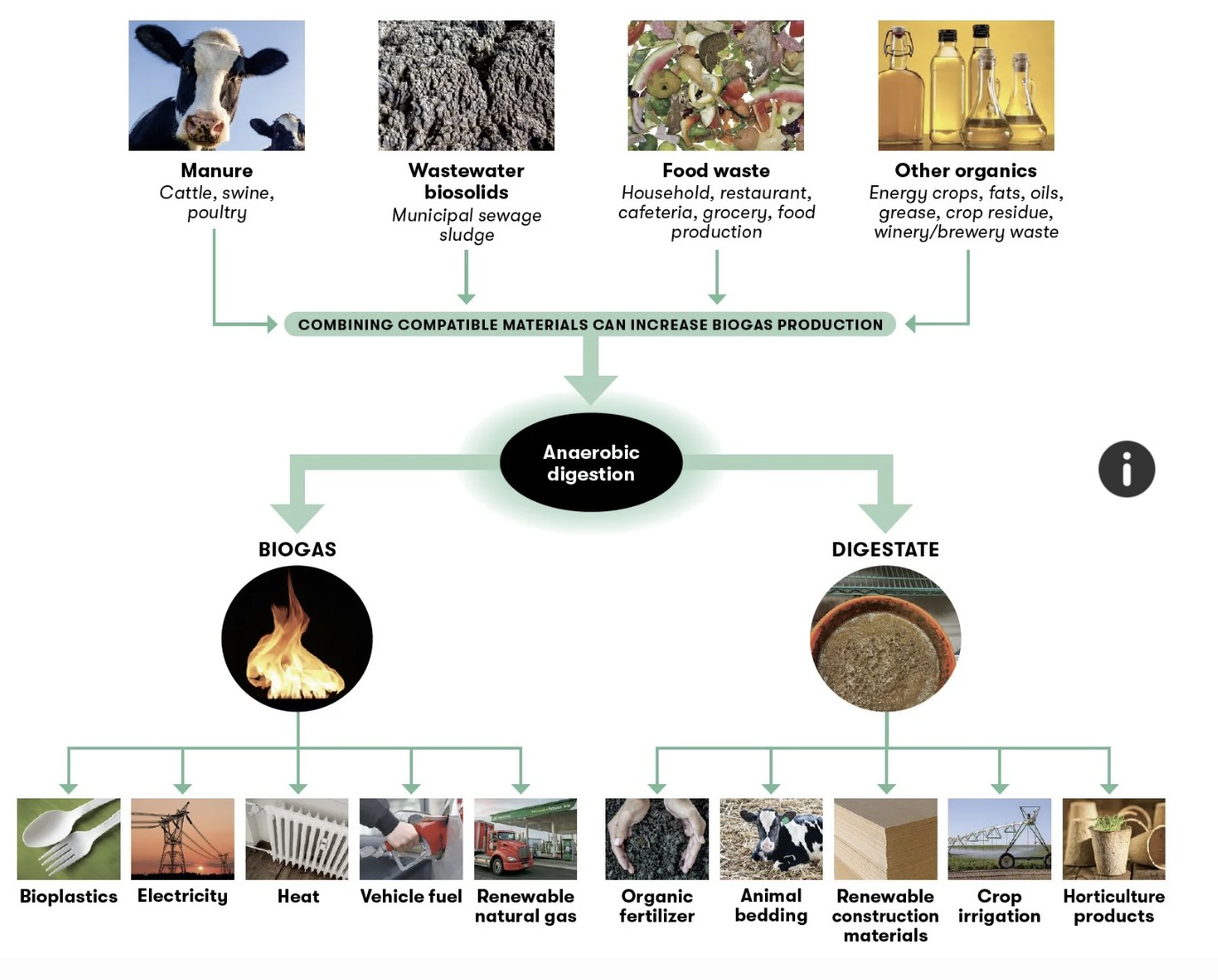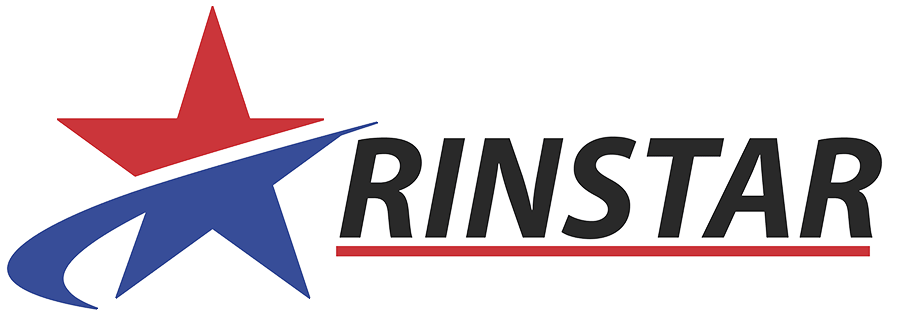Dairy farming has always faced the challenge of managing manure, a byproduct rich in nitrogen and methane. Now, thanks to technology and the U.S. Renewable Fuel Standard (RFS), that challenge is becoming an opportunity. Through anaerobic digestion, farms are converting waste into renewable fuel, earning valuable credits, and creating new revenue streams. At RINSTAR, we track these emerging pathways and their impact on the RFS and the renewable energy landscape.

The Digester Solution
The key to this transformation is the anaerobic digester (AD)—basically a giant, sealed tank that works like a mechanical stomach. The upfront investment can vary quite a bit depending on the size and complexity of the system. For a typical farm-based setup, costs often fall between $500,000 and $1 million, while larger operations with advanced technology may require a higher investment. Farms feed manure (and sometimes food waste) into the digester, where microbes go to work in an oxygen-free environment. As they break everything down, the system produces two useful outputs:
- Biogas: A mix of methane and carbon dioxide, with methane being the same energy-rich gas found in natural gas.
- Digestate: A nutrient-packed material that can be reused as a sustainable fertilizer.
Biogas can power heat and electricity right on the farm, but the real game-changer is upgrading it. By cleaning out the CO₂ and impurities, it becomes Renewable Natural Gas (RNG)—a clean fuel that’s chemically identical to fossil natural gas and ready to flow through existing pipelines.
How Manure Generates Valuable RINs
The economics of producing RNG on farms all come back to the RFS. Under this program, oil refiners and fuel importers must either blend a certain amount of renewable fuel into their supply or buy credits called RINs to meet their yearly requirements.
Here’s where dairy RNG shines: when manure-based RNG is used as a transportation fuel such as compressed or liquefied natural gas, it generates these valuable, tradable RINs. Even better, RNG from farm digesters qualifies as a cellulosic biofuel, which means it earns D3 RINs. These are the most prized credits in the program because they represent fuels that cut greenhouse gas emissions by at least 60% compared to gasoline and because there’s always a limited supply of them. High D3 RIN prices often provide the financial boost that makes investing in digesters worthwhile.
And thanks to the EPA’s Biogas Regulatory Reform Rule (BRRR), the process of generating RINs from biogas projects has been streamlined, opening the door for even more farms to turn waste into profit.
A Cascade of On-Farm Benefits
The revenue from RINs is only the start. Anaerobic digesters create a true circular economy on the farm, delivering financial benefits, sustainability gains, and community goodwill all at once. Some benefits of anaerobic digesters are:
- More ways to earn: Farmers can sell the RNG itself and even collect “tipping fees” for taking in food scraps and other organic waste from outside the farm.
- Big cost savings: The solid portion of the digestate can be reused as clean, comfortable bedding for cows—saving farms tens of thousands of dollars every year. The liquid portion makes a nutrient-rich, low-odor fertilizer that cuts down on the need to buy synthetic fertilizers.
- Better for the environment: By capturing methane that would otherwise escape into the atmosphere, digesters slash greenhouse gas emissions. They also reduce odors and protect local water quality, which strengthens ties with neighboring communities.
- Energy you can count on: Biogas can generate round-the-clock power for the farm, lowering energy costs and adding reliability alongside intermittent renewables like wind and solar.
The Future is Farm-Powered
The growth of on-farm RNG is reshaping American agriculture, with nearly 200 manure-based systems already in operation and dozens more on the way. Thanks to the Renewable Fuel Standard, dairy farms are evolving beyond food production to become key players in a decentralized, renewable energy network. By turning waste into a climate solution, they are building a future that is both sustainable and financially resilient for farms and the communities they serve. At RINSTAR, we are committed to tracking these advancements and helping stakeholders understand how projects like these fit into the RFS, empowering the industry to turn challenges into opportunities.
Next Steps with RINSTAR
On-farm RNG is transforming waste into opportunity—and RINSTAR makes navigating
the RFS simple.
✅ Track RINs with ease
✅ Streamline compliance reporting
✅ Stay ahead of policy changes like the BRRR
📩 Have questions? Reach out at services@cfch.com or schedule a demo to see how RINSTAR can support your compliance journey.
